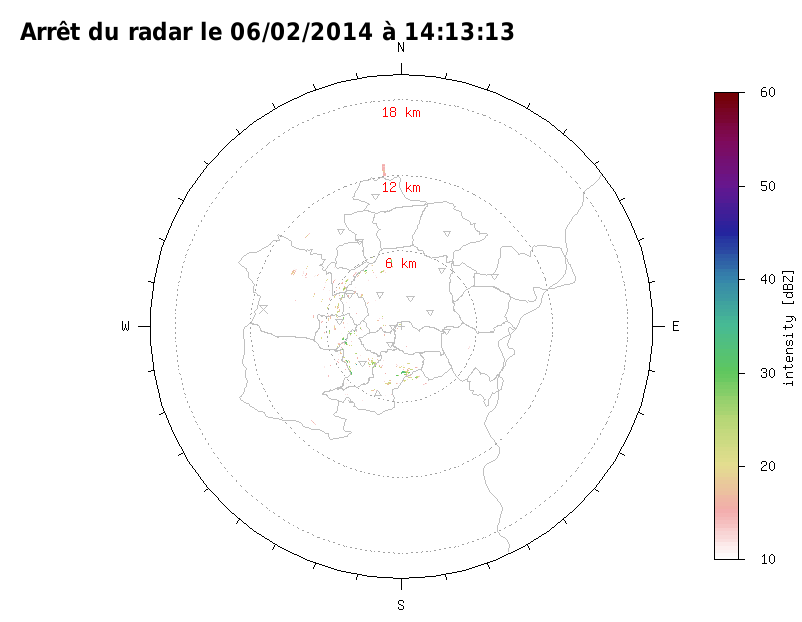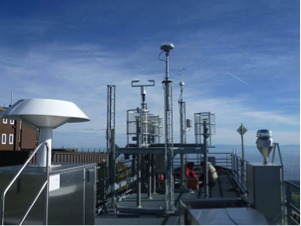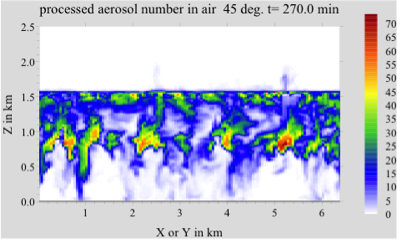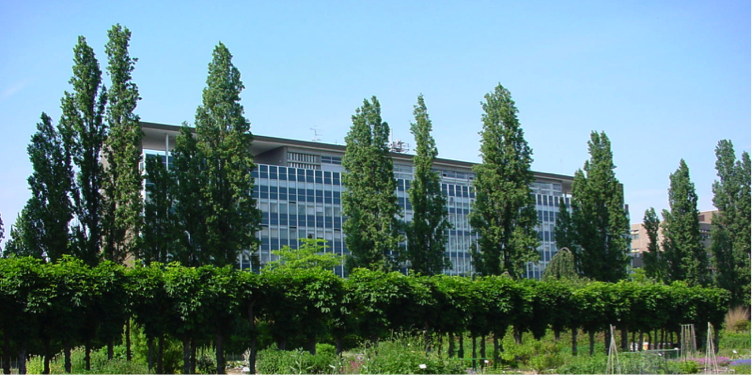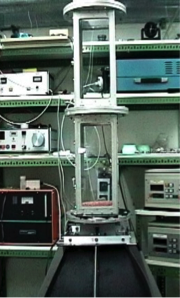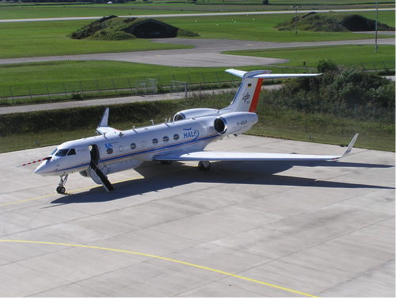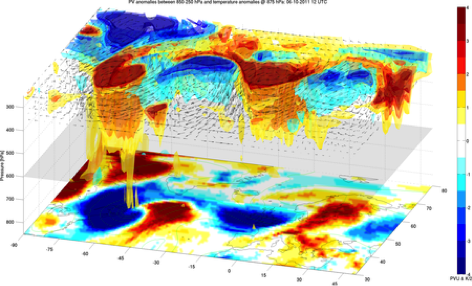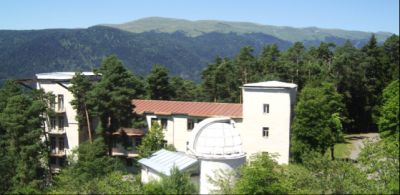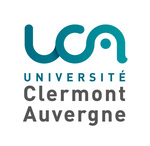Vous êtes ici : Accueil |
|
PRESENTATION OF THE CONSORTIUM
Partner 1: Université Clermont Auvergne (Clermont-Ferrand, France) Partner 1 : Clermont-Ferrand Clermont-Ferrand is located at the foothills of the Massif Central mountain region in the centre of France. It has around 150000 inhabitants and is the capital of the Puy-de-Dôme department. The first university in Clermont-Ferrand dates back to the XII century. The current Université Clermont-Auvergne was founded in 2017, merging the Université Blaise Pascal and the Université d’Auvergne. It enrolls nowadays around 35000 students. Clermont-Ferrand has a long-standing history for the observation of atmosphere. In 1648, the famous experience of Blaise Pascal, demonstrating atmospheric pressure was conducted by walking a barometer from the city centre to the summit of the Puy de Dôme mountain (height 1465m), situated at 12km distance from the cathedral. The Laboratoire de Météorologie (LaMP) is a research laboratory that is financed partly by the Clermont Auvergne University of Clermont-Ferrand (France) and partly by the French CNRS (French Scientific National Research Council). It regroups about 50 people, organised in 3 research groups around two research themes: “clouds” and “atmospheric aerosol particles”. These subjects are approached through ground-based (instrumented air quality and pollution measurement station on the summit of Puy de Dôme, radars, lidars, ..), airborne (the LaMP is responsible for the microphysical and chemical measurement platform on all French research aircrafts) and spaceborne observations, instrument development, as well as through meso-scale modelling of clouds, aerosol particles and atmospheric chemistry. The LaMP is part of the Observatoire de Physique du Globe de Clermont-Ferrand (OPGC) that include researchers and engineers who operate the Puy de Dôme monitoring station that contributes to national and international networks (e.g. GAW) addressing atmospheric physics and chemistry.
The observatory also hosts a school offering Bachelor and a Master degrees in geology and atmospheric sciences. InMAS is associated to the speciality “Atmospheric Sciences and climate” of the Masters degree, taught mainly by the scientists of LaMP. Partner 2: Mainz
The expertise of IPA at the University of Mainz in close collaboration with the Max Planck Institute for Chemistry (MPIC) in Mainz covers experimental and theoretical cloud physics, trace gas dynamics, dynamic meteorology, as well as Earth System Science.
Partner 3:Tbilissi 4.3 Abastumani Astrophysical Observatory at Ilia State University, Atmospheric Research Laboratory
The Laboratory is equipped with the following instruments: lidar M10 system for measurement of vertical distribution of tropospheric aerosols, ozonometer for measurement of total ozone content, all-sky imager for monitoring of dynamical processes in mesopause by OH emission, infrared spectrometer GRIPS-5 for measurement of mesopause temperature, scanning-mirror photometer for measurement of the upper atmosphere emission intensity, Hα photometer, meteorological station, high-frequency GPS for measurements of total electron content.
Partner 4: Laramie 4.4 University of Wyoming
The Department of Atmospheric Science at the University of Wyoming Research areas include clouds and precipitation, air pollution, mesoscale dynamics, airborne instrumentation, and boundary-layer processes. Most faculty members focus on measurements, except a small group that is expert on model parameterizations of aerosol and cloud processes.
|


